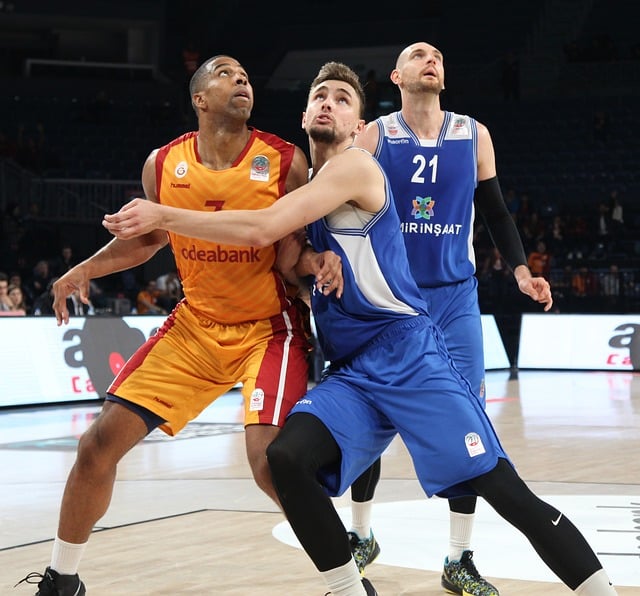
In basketball, the pivot or center is usually the tallest player on the team.
Pivot is a term that comes from the French language ( pivot ). The concept can be used to name the tip of an object on which a different object is introduced or held, ensuring that one is able to rotate on the other. This type of pivot is common in mechanisms made up of various pieces that interact with each other.
For architecture , on the other hand, the pivot is that column that is installed on the sidewalk (or sidewalk) to ensure that cars do not access it. For example: "The vehicle hit the pivot and the driver was thrown through the windshield," "The school director requested the installation of pivots so that the children can exit the building in a safer way."
Pivot in basketball
In the field of sports , pivot is a position on the playing field. In basketball (or basketball ), the pivot (also known as center or center ) is the player who moves closest to the basket and who has the responsibility of capturing the rebounds .
The usual thing is for the pivot to be the tallest player on the team, although there are exceptions. Wilt Chamberlain , Kareem Abdul-Jabbar and Shaquille O'Neal are some of the best centers in history.
The term in other sports
In handball (or handball ), the pivot is the one who stands in the middle of the rival defense with the intention of generating space for his teammates. The idea is that the pivot creates a gap for another player to enter through said space, although the pivot himself can also try to score.
Also in soccer we can speak of a pivot in reference to the midfielder or midfielder who is mainly dedicated to defensive tasks, trying to take the ball from the rival team.

The defensive midfielder, in football, can be mentioned as a pivot.
Double pivot
Football can not only use one pivot, but two. This concept, known as the double pivot, consists of the two midfielders coming together to perform a series of functions that can be very beneficial for their team. This tactic is also called double 5 .
Advantages of double pivot
Broadly speaking, the advantages of playing with a double pivot are found in defense, as can be seen below:
* the center of the field acquires greater consistency and gives the rival less space to combine in a three-quarter zone between the lines;
* During the second plays, the center backs receive more help. The pivots are closer to the balls hanging into the area and have the possibility of placing themselves in place of a center back to cover him while he goes out;
* The opponent has fewer options to counterpunch. It is intended that the two midfielders that make up the double pivot are not in line, but rather that one of the two is further forward. Your position must facilitate the transition between defense and attack;
* the full-backs receive more defensive support since the interiors have the option of freeing themselves from the central zone to go to the wingers;
* The two forwards have more freedom as they do not have so many guidelines and can move towards any of the wings. As a consequence, the opposing team often experiences confusion that can be exploited to advantage.
Disadvantages of the double pivot
Although each application of the double pivot has different nuances, the following disadvantages are common to many of them:
* since the attack has one less person, the opposing team has a better chance of getting the ball to the sides;
* The full-backs must be in charge of the appearances on the wing in the absence of the wingers, which has an impact on the lack of marking for the opposing team's full-backs;
* The double pivot causes there to be fewer people in front of the ball, and this complicates potential combinations from the three-quarter zone.
